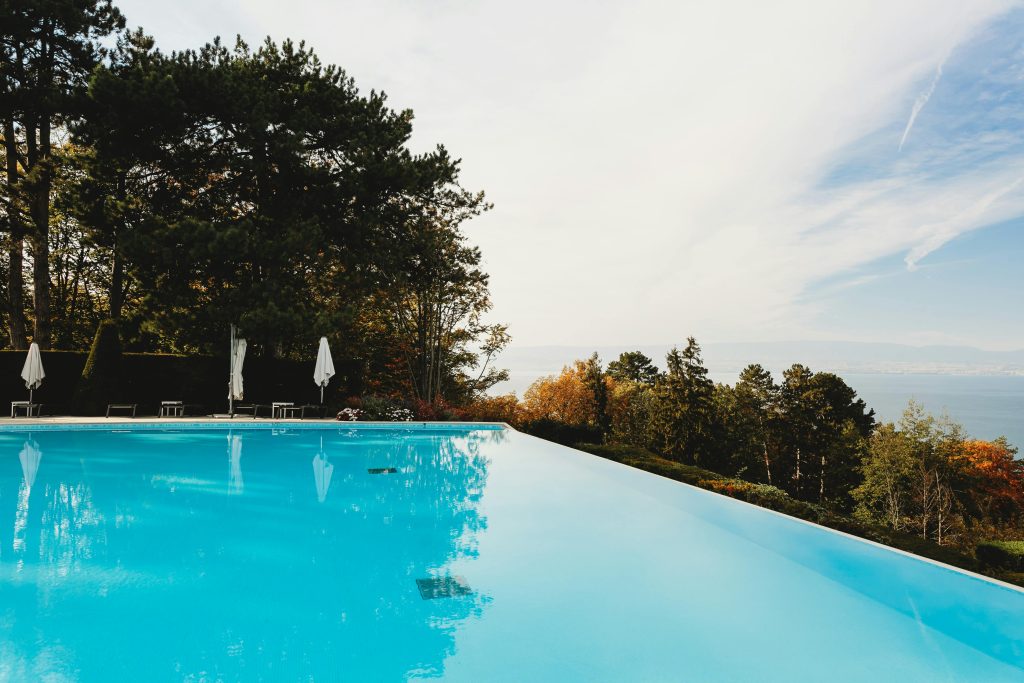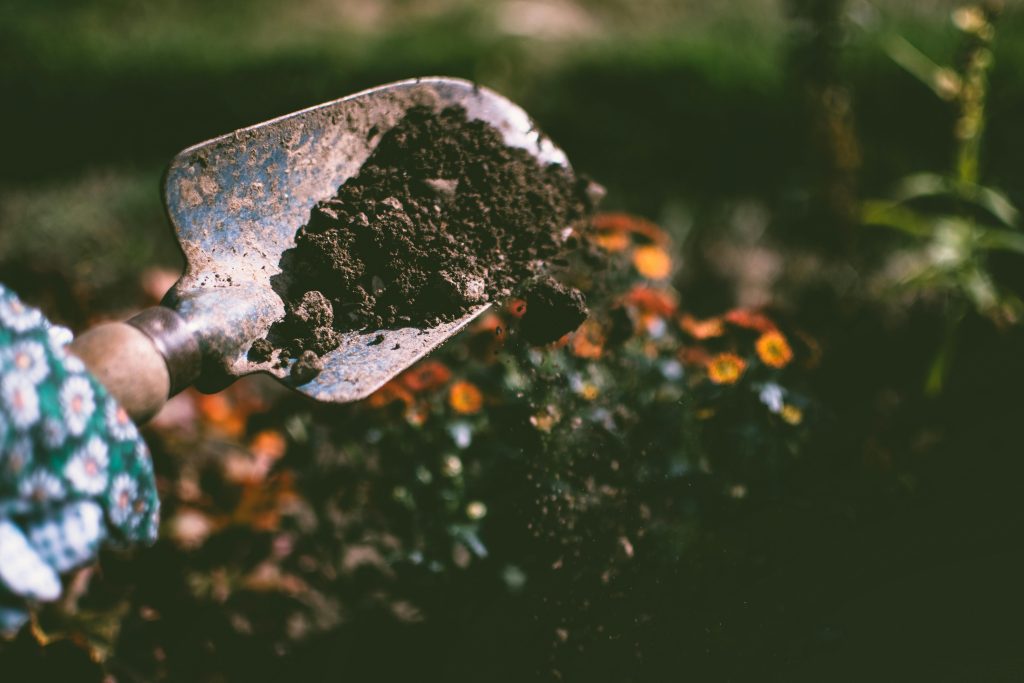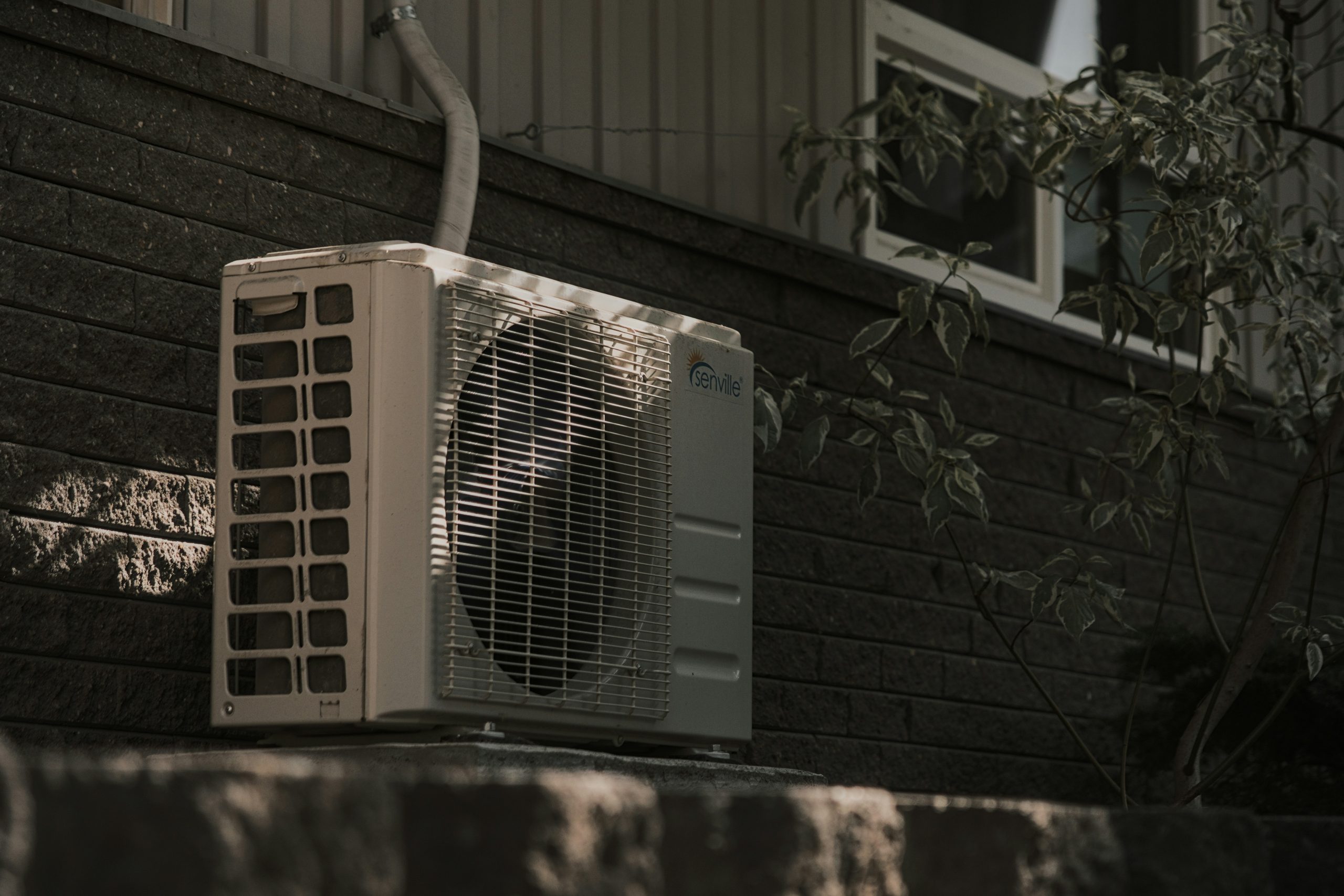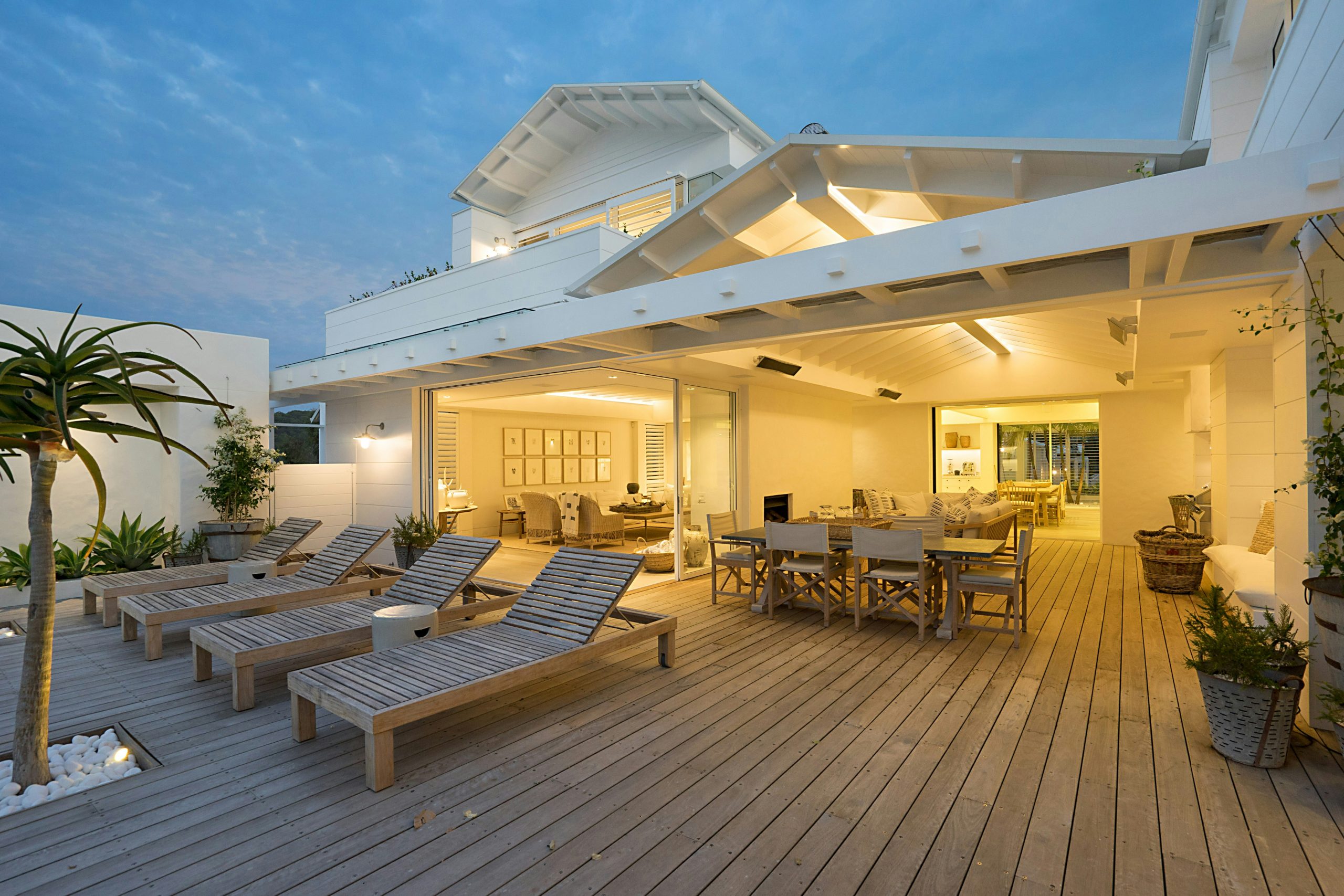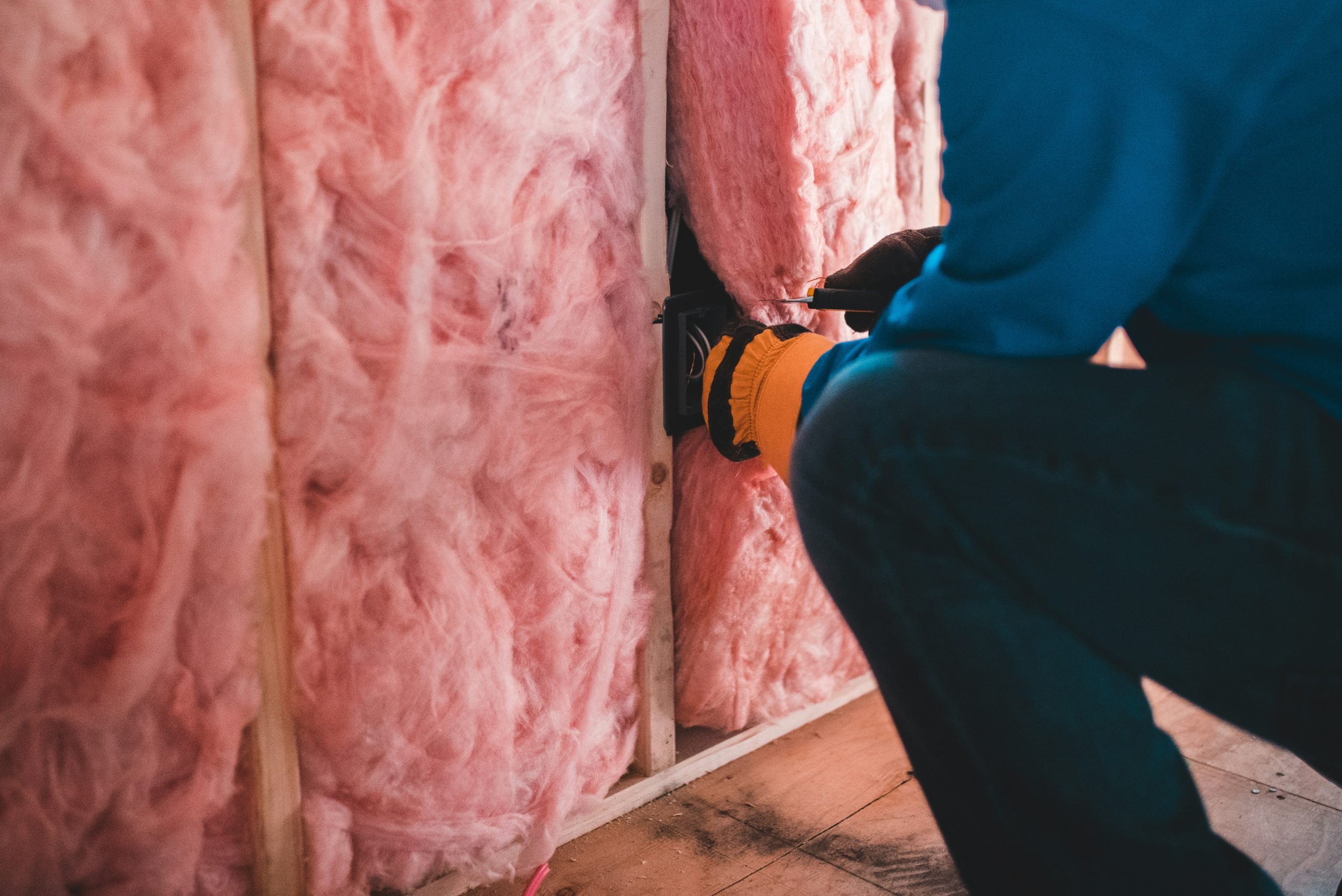Midwest Landscaping Tips for Your Yard That Has a Pool in It
When summer arrives in the Midwest, homeowners face the challenge of creating a pool paradise while battling unpredictable weather patterns that can shift from scorching heat to sudden thunderstorms within hours. The dream of lounging poolside in a beautifully landscaped oasis often collides with the reality of clay soil, harsh winter conditions, and plants that either wither in the summer sun or fail to survive the brutal freeze-thaw cycles that define the region.
Photo by Humphrey Muleba
An inground pool in Chicago and in your city, can offer you access to a place to cool off with ease during the heat of the summer, and it can also provide spaces to entertain and to have fun even when it’s too cold to swim. You will probably want to spend a lot of time in and around your pool each year, which is why you need to make sure that you have the right landscaping around your property. There are various landscaping options that can help you to make the most of your Chicago-area home, and we will discuss them here.
Sarah thought she had found the perfect solution when she planted delicate tropical plants around her new pool deck, only to watch them turn brown and brittle after the first unexpected cold snap in late August. Like many Midwest homeowners, she discovered that successful pool landscaping requires more than simply copying designs from warmer climates. The key lies in understanding which native and hardy plants thrive in the unique microclimate that pools create, how to manage drainage issues that pools can cause in heavy clay soils, and which design elements can withstand both the chemical splash from chlorinated water and the extreme temperature swings that characterize Midwest seasons.
Nevermore Lane transforms the frustrating trial-and-error process of pool landscaping into a strategic approach that works with nature rather than against it. Through carefully researched plant selections, proven drainage solutions, and design principles tailored specifically for Midwest conditions, homeowners can create stunning poolside retreats that remain beautiful from spring’s first warm day through fall’s final gathering. The magic happens when regional expertise meets practical application, resulting in landscapes that not only survive but flourish in the challenging yet rewarding Midwest climate.
Midwest Landscaping Options For Your Yard With a Pool
1. Consider Planter Boxes and Beds
One of the main benefits of planter boxes and beds is that you can control the environment better when you have your plants in a unique box with good soil and excellent drainage. When it rains hard or snows, plants that are planted right in the ground can be damaged or have the soil washed away from their roots. You can protect your planted areas from damage by putting them in planter boxes that will protect them from being harmed.
Planters and beds also look really nice and are easy to care for. If you have a pool area, they will keep soil and other debris from getting into your pool as well, which can be a big benefit for those who are tired of pool upkeep. Planter boxes and beds are an easy way to make your yard look great all year lon,and they are ideal for spaces near your pool.
2. Use Native Plants
When you add native plants to your landscaping plans, you avoid common issues that can cost you hundreds of dollars in replacement plants each year. Native flowers, trees, and shrubs will be much more likely to thrive than plants that come from other areas of the world.
Layering these plants into areas where there are non-native plants can help all of your plantings to be stable, healthy, and happy. You will find that the more developed root systems of native plants are often the right anchor for other plants that might not thrive without this support. Native plants also often help create shade and other benefits for plants that are not as likely to thrive in this part of the world.
3. Use Separators For Each Area of Your Yard
One of the best ways to keep things simple and clean in your yard, is to be sure to have separators that keep every area of your yard tidy. You can make these from concrete or cinder blocks, or even railroad ties. Keeping things divided helps to keep yardwork to a minimum and ensures that grass doesn’t spread where it shouldn’t, bark doesn’t end up wandering into your lawn, and plant roots don’t invade.
When you have a pool, these separators will keep debris and messes from getting onto the pool deck and then into your pool. They will also make it easier to keep plant roots from damaging your pool deck or your patio. Beyond the overall curb appeal of improving this aspect of your landscaping, you will protect your pool from damage with this simple landscaping addition.
Photo by Lisa from Pexels
4. Add an Irrigation System
Irrigating on a schedule can ensure that your landscaping looks great all year long, and it can make it more likely that you will prevent standing water, mud, and other common problems that might happen due to watering with a sprinkler attached to a hose. Irrigation systems also won’t require that you drag a hose and a sprinkler across your pool deck or patio area, which can be important for convenience as well as the longevity of your pool area and surroundings.
Irrigating is almost always the right way to go if you are investing in your landscaping. It saves so much time, money, and effort that it’s really a no-brainer. For those who don’t have a big yard, irrigating with a sprinkler that you move around the yard might be fine. However, larger yards and yards with a swimming pool are often much easier to care for with an irrigation system in place.
5. Consider Adding Grasses to Your Planted Areas
Grasses can be ideal for color, texture, and appearance in your garden beds and your yard spaces. They are simple to grow, need little upkeep, and offer a natural, inviting appearance that can make any yard look great all year long. You might want to include Prairie Dropseed or Little Bluestem in your planters and even your open areas to help make your yard look great with little effort.
Groundcover can be as effective as grasses at filling in the gaps, creating pops of color, and making your whole yard lively and beautiful all year long. Other than when there is snow on the ground, you will have the benefit of unique and natural-looking landscaping that looks great when you add these plants to your yard.
Creating Your Perfect Midwest Pool Oasis
The journey to exceptional pool landscaping in the Midwest requires patience, planning, and the right knowledge to make informed decisions. Every successful poolside garden begins with understanding the unique challenges that chlorinated water, fluctuating temperatures, and regional soil conditions present. When homeowners embrace these constraints rather than fight them, they discover opportunities to create truly remarkable outdoor spaces that neighbors will admire for years to come.
Sustainable pool landscaping goes beyond choosing pretty plants and arranging them attractively around the water’s edge. Smart design incorporates native species that naturally thrive in local conditions, implements drainage solutions that prevent costly water damage, and creates seasonal interest that keeps the space engaging throughout the year. These elements work together to reduce maintenance requirements while maximizing the visual impact of the investment.
The transformation from a basic pool setup to a breathtaking backyard retreat happens when homeowners apply region-specific strategies consistently and thoughtfully. Success comes from selecting plants that complement rather than compete with pool chemicals, designing pathways that remain safe in wet conditions, and creating microclimates that extend the swimming season. With the right approach, any Midwest pool can become the centerpiece of an extraordinary outdoor living experience.
